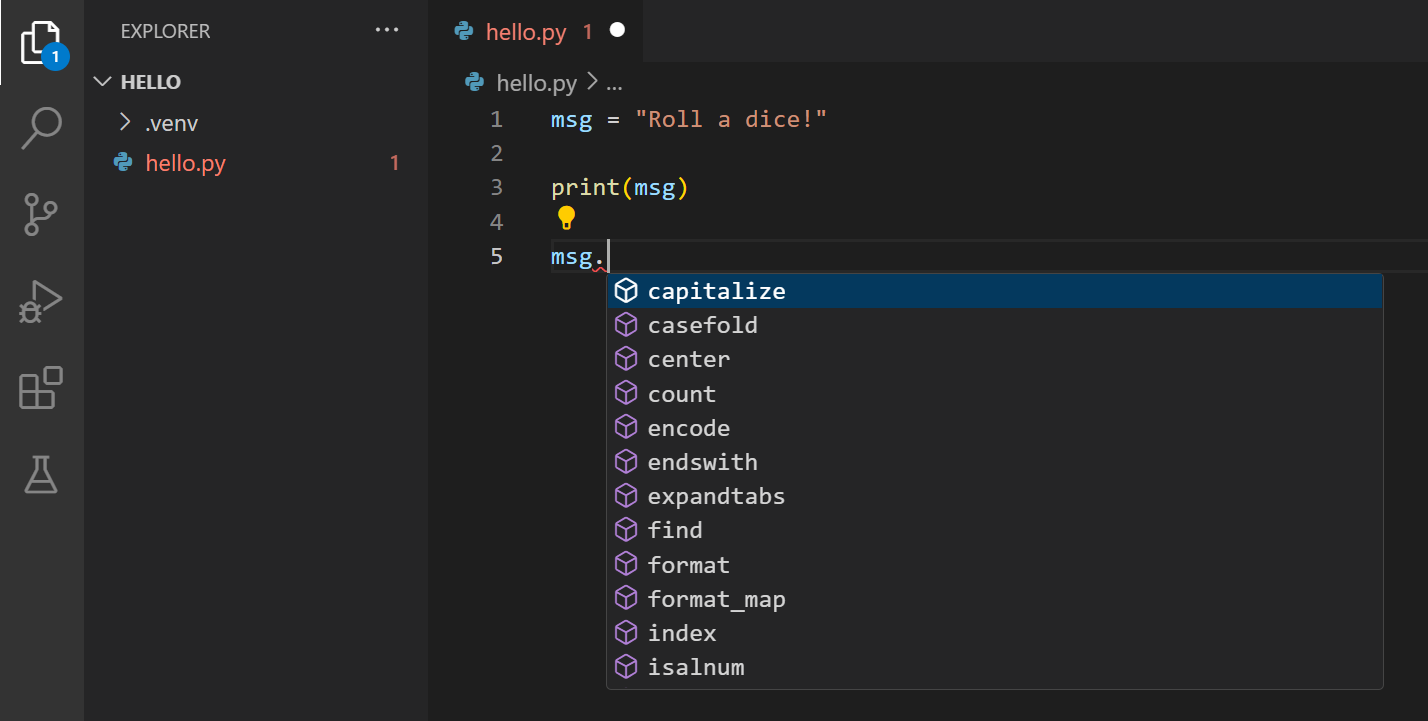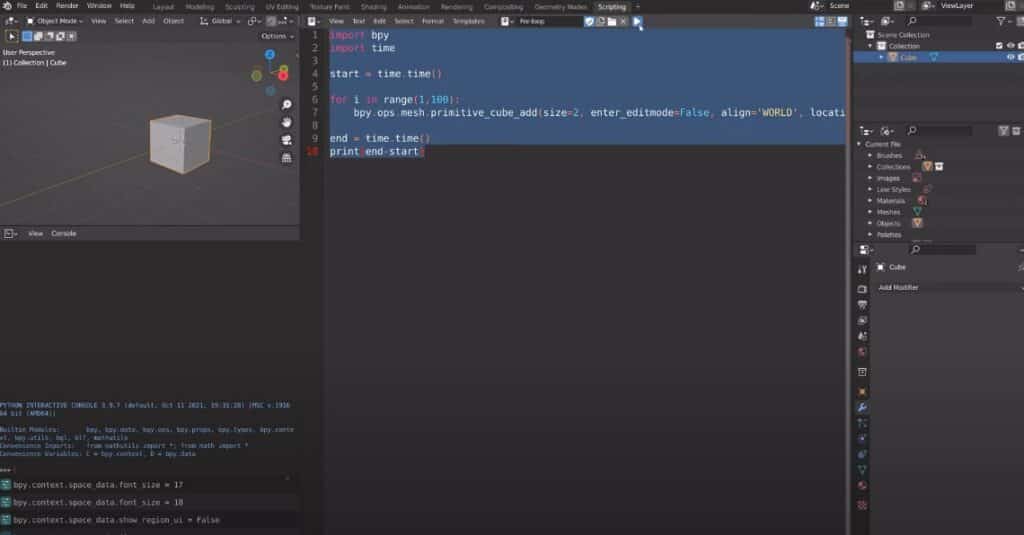

The Python documentation was written using LaTeX since the project New Documentation Format: reStructuredText Using Sphinx ¶ Other projects wishing to move from SourceForge to Roundup. SourceForge his scripts for this import operation are at Lot of effort into importing existing bugs and patches from Hosting of the Python bug tracker is kindly provided by This edition of “What’s New in Python” links to the bug/patch Host multiple trackers, and this server now also hosts issue trackersįor Jython and for the Python web site. To administer it and a server to host it.Īfter posting a call for volunteers, a new Roundup installation was Is an open-source project that requires volunteers Offers no-cost hosted instances to free-software projects Roundup Four different trackers were examined: Jira,Īnd Roundup as the two candidates. Up different products and import some of the bugs and patches from Therefore posted a call for issue trackers, asking volunteers to set
#Izip python syntax software
The infrastructure committee of the Python Software Foundation SourceForge’s hosted solutionĭoesn’t permit much customization for example, it wasn’t possible to New Issue Tracker: Roundup ¶įor a long time, the Python developers had been growing increasinglyĪnnoyed by SourceForge’s bug tracker. Issue tracker to a customized Roundup installation, and theĭocumentation was converted from LaTeX to reStructuredText. Underwent two significant changes: we switched from SourceForge’s While 2.6 was being developed, the Python development process Start with PEP 3100 that describes the general goals for Pythonģ.0, and then explore the higher-numbered PEPS that propose PEP 3000 describes the development process for Python 3.0.
#Izip python syntax series
The 3xxx series of PEPs, which contains proposals for Python 3.0.
#Izip python syntax code
To Python code as the boolean variable sys.p圓kwarning,Īnd to C extension code as Py_P圓kWarningFlag. With this switch to see how much work will be necessary to portĬode to 3.0. Code written to beĬompatible with 3.0 can do from future_builtins import hex, map asĪ new command-line switch, -3, enables warningsĪbout features that will be removed in Python 3.0. Module has versions with the new 3.0 semantics.

Such as bin() have simply been added to Python 2.6, but existingīuiltins haven’t been changed instead, the future_builtins Python 3.0 adds several new built-in functions and changes the The addition of functools.reduce() as a synonym for the built-in

Some of the 3.0-derived featuresĪ _complex_() method for converting objects to a complex number.Īlternate syntax for catching exceptions: except TypeError as exc. To break, they’ve been backported to 2.6 and are described in thisĭocument in the appropriate place. In cases where new features won’t cause existing code However, not all the changes in 3.0 necessarily breakĬompatibility. This means that existing PythonĬode will need some conversion in order to run on Python 3.0 is a far-ranging redesign of Python that breaksĬompatibility with the 2.x series. The development of 3.0 has influenced many Synchronized, with the alpha and beta releases for both versions being The development cycle for Python versions 2.6 and 3.0 was Whenever possible, “What’s New in Python” links to the bug/patch item Implementation, refer to the PEP for a particular new feature. You want to understand the rationale for the design and Forįull details, you should refer to the documentation for Python 2.6. The new features, but instead provides a convenient overview. This article doesn’t attempt to provide a complete specification of Patches applied and 612 bugs fixed between Python 2.5 and 2.6. A search through the change logs finds there were 259 Python 2.6 also sees a number of improvements and bugfixes throughout There aren’t many new features that aren’t related to Python 3.0 in Such as the multiprocessing and json modules, but Some significant new packages have been added to the standard library, Usages that will become unsupported in 3.0. What it can, adding compatibility functions in aįuture_builtins module and a -3 switch to warn about When it’s not possible to do that, Python 2.6 tries to do Remaining compatible with existing code by not removing older features Python 2.6 incorporates new features and syntax from 3.0 while Python 3.0, a major redesign of the language. The major theme of Python 2.6 is preparing the migration path to The release schedule is described in PEP 361. This article explains the new features in Python 2.6, released on October 1,Ģ008. The plistlib module: A Property-List Parser.The json module: JavaScript Object Notation.PEP 3127: Integer Literal Support and Syntax.PEP 370: Per-user site-packages Directory.PEP 366: Explicit Relative Imports From a Main Module.New Documentation Format: reStructuredText Using Sphinx.


 0 kommentar(er)
0 kommentar(er)
